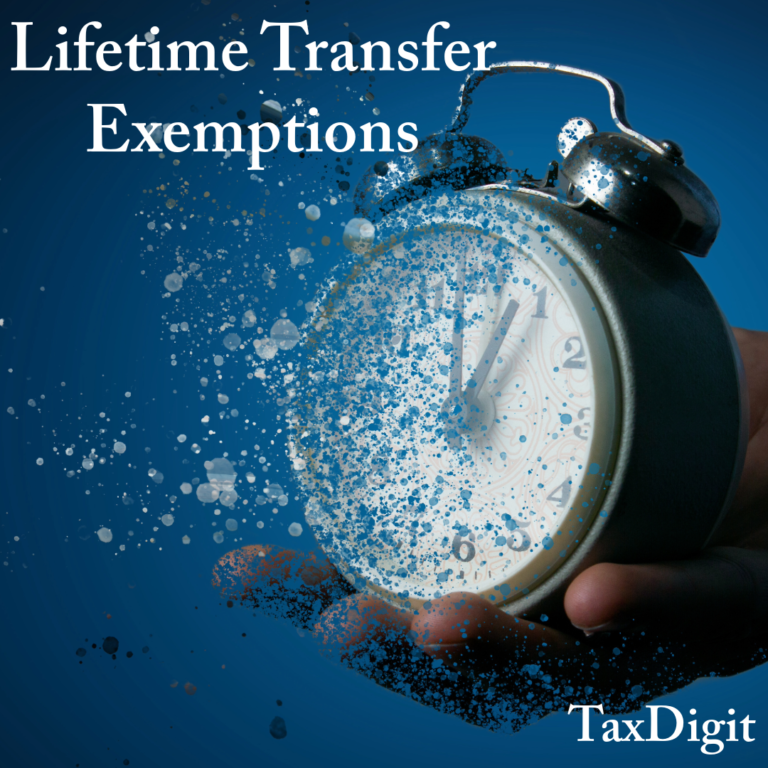The realm of Inheritance Tax (IHT) can be a labyrinth of complexities, especially when it comes to the intricate process of Death Tax on Lifetime Transfers. At TaxDigit, we understand the challenges individuals face in comprehending the nuances of these tax implications. In this blog post, we aim to demystify the process and shed light on the key steps involved, providing you with a roadmap to navigate this intricate landscape.
Understanding Death Tax on Lifetime Transfers:
When the transferor passes away within seven years of making a gift, the onus of tax payment falls on the transferee or the trustees of the trust. Whether it’s a Potentially Exempt Transfer (PET) or a Chargeable Lifetime Transfer (CLT), the Inheritance Tax payable on lifetime gifts due to death is a critical consideration.
Key Steps to Calculate Death Tax on Lifetime Transfers:

- Timeline Preparation: Identify gifts within the seven years prior to death, excluding any PETs made more than seven years before death.
- Gross Chargeable Amount Calculation: Calculate the gross chargeable amount for each gift, considering exemptions and any lifetime tax paid.
- Nil Rate Band (NRB) Deduction: Determine the NRB available after deducting gross chargeable transfers within the seven years before the gift. Use the NRB for the tax year of death, including PETs chargeable on death.
- Death Tax Calculation: Calculate the death tax on the excess over the NRB at a rate of 40%.
- Taper Relief Application: Apply taper relief for gifts made between three and seven years before death, reducing the tax liability based on the following scale:
- More than 3 but less than 4 years: 20% relief
- More than 4 but less than 5 years: 40% relief
- More than 5 but less than 6 years: 60% relief
- More than 6 but less than 7 years: 80% relief
- Deductions: Deduct any lifetime tax paid on CLTs from the current charge after taper relief. Note that this deduction reduces the additional tax due on death but cannot generate a refund.
Accumulation Principle:
The starting point for computation is the seven-year accumulation of gross chargeable transfers at the date of the earliest transfer within the seven years leading to death. This necessitates looking back seven years from the date of each gift, including the gross amount of all CLTs and PETs that have become chargeable due to the taxpayer’s death.
How TaxDigit Can Assist You:
The intricacies of Death Tax on Lifetime Transfers can be overwhelming, but you don’t have to navigate them alone. At TaxDigit, our team of experts is ready to provide personalized advice and assistance tailored to your unique situation. Contact us today for a seamless and informed journey through the complexities of Inheritance Tax planning.
[Contact Us at TaxDigit for Personalised Assistance and Advice] Tel: +442035764595



